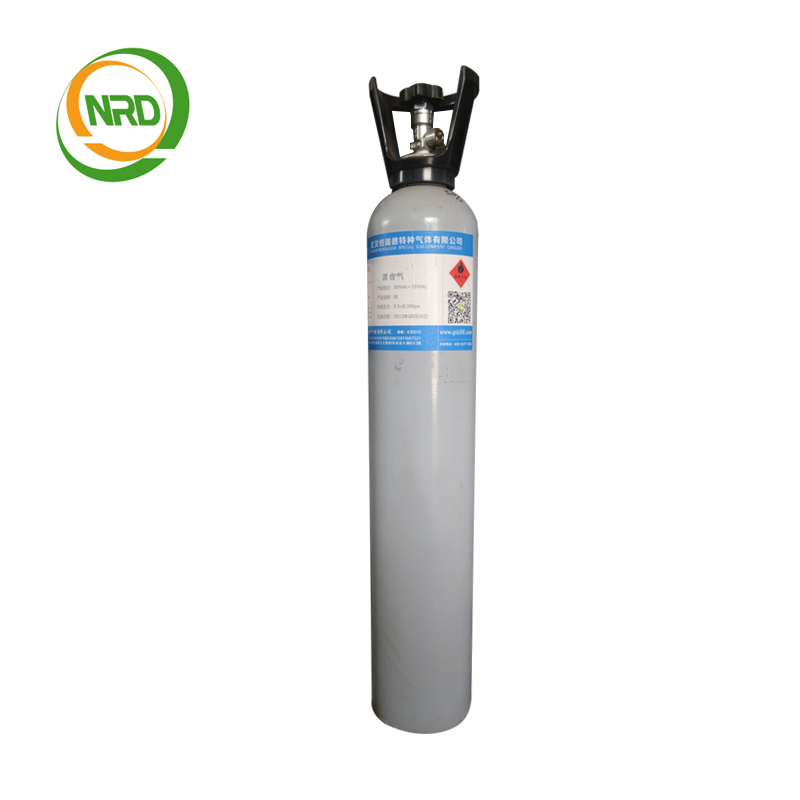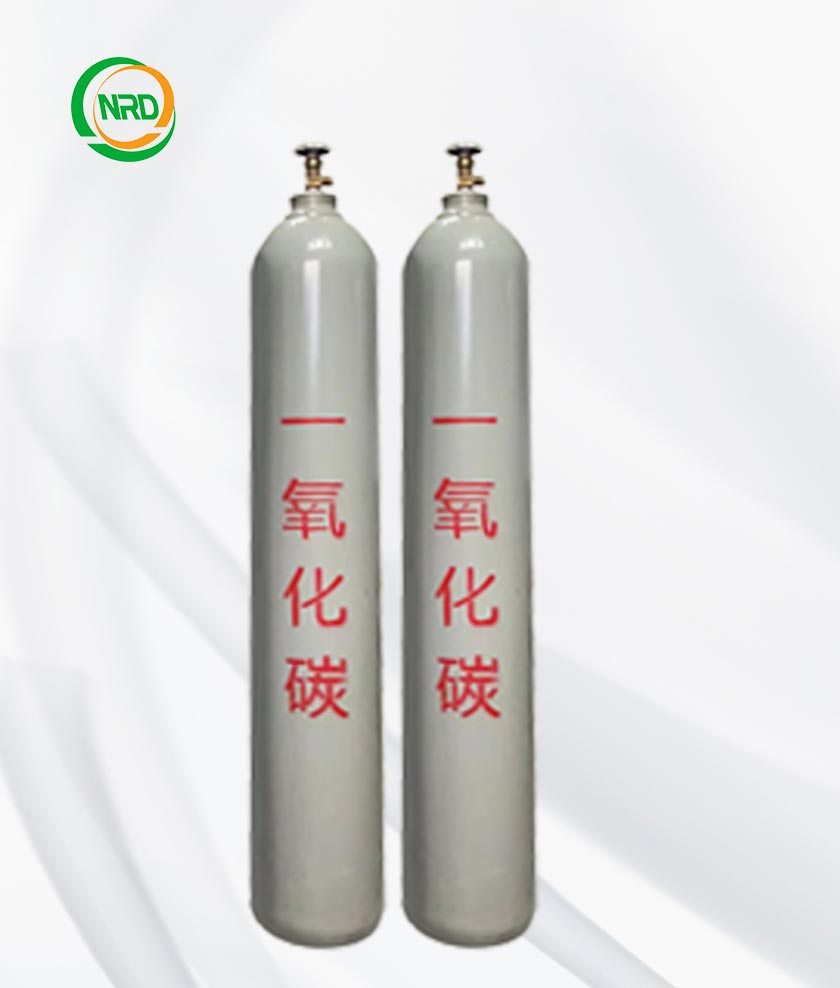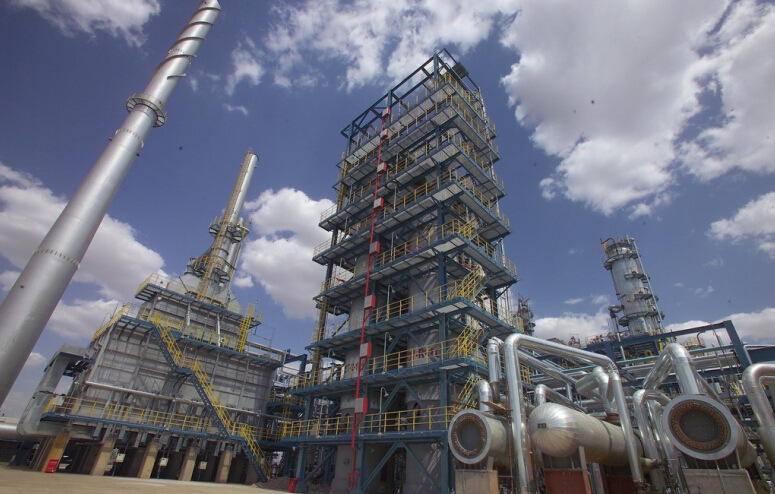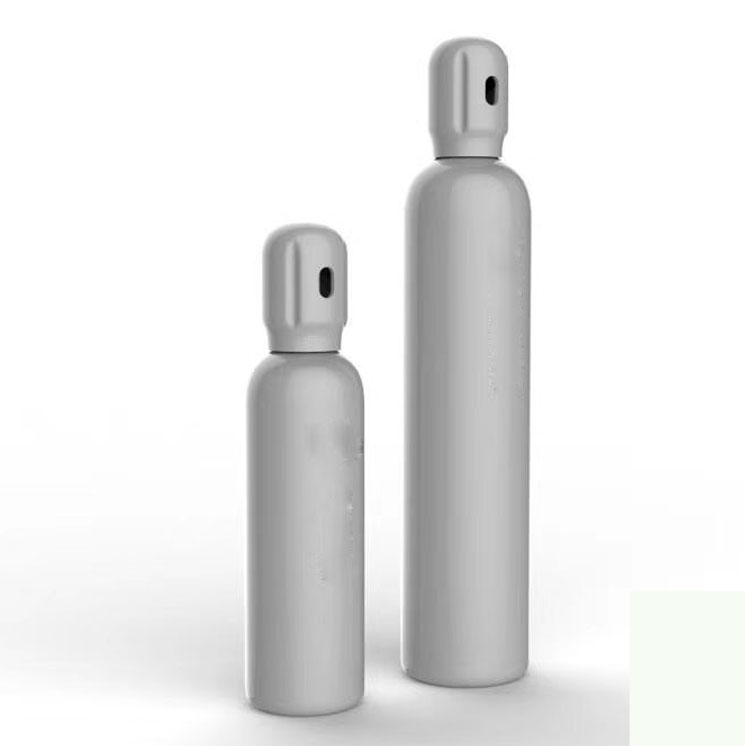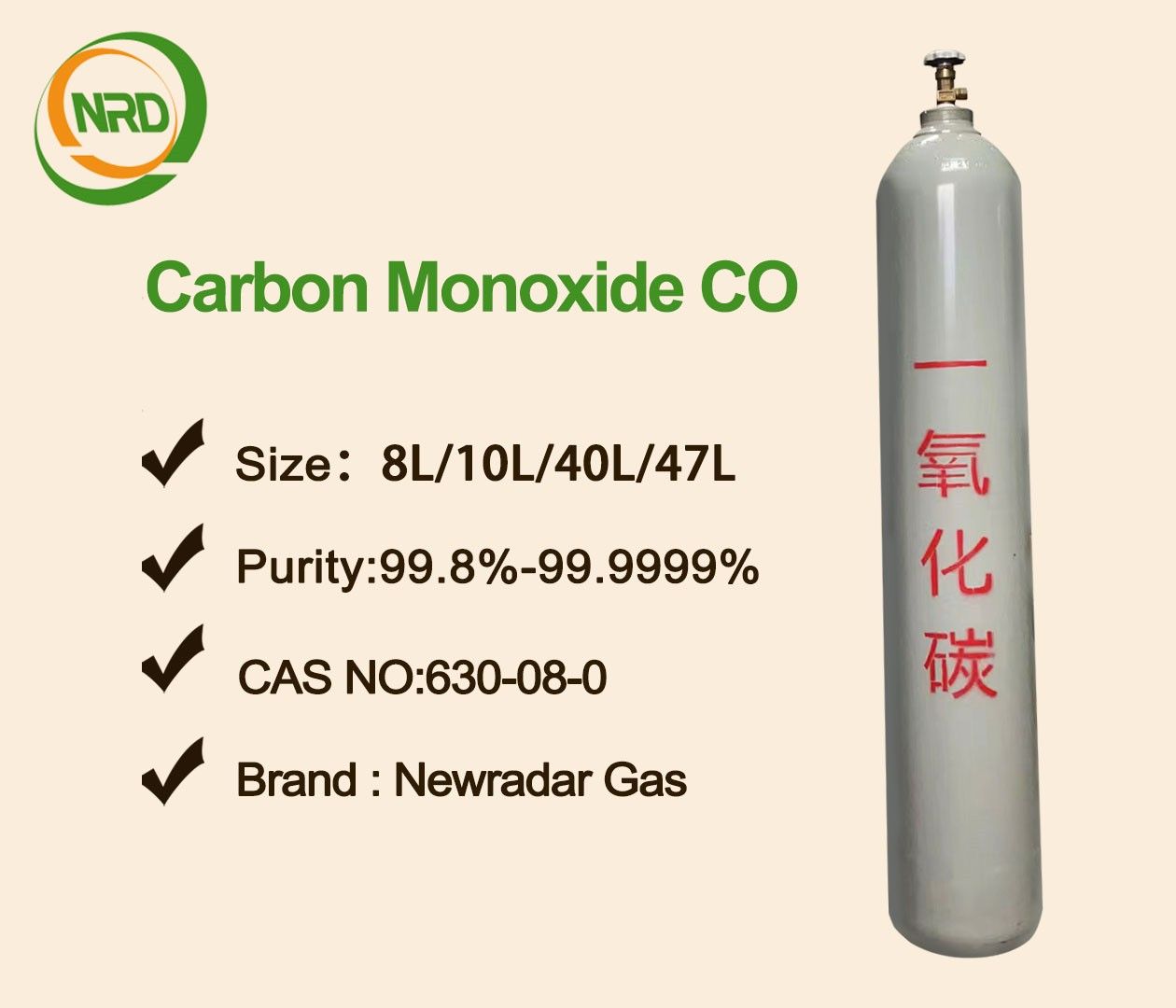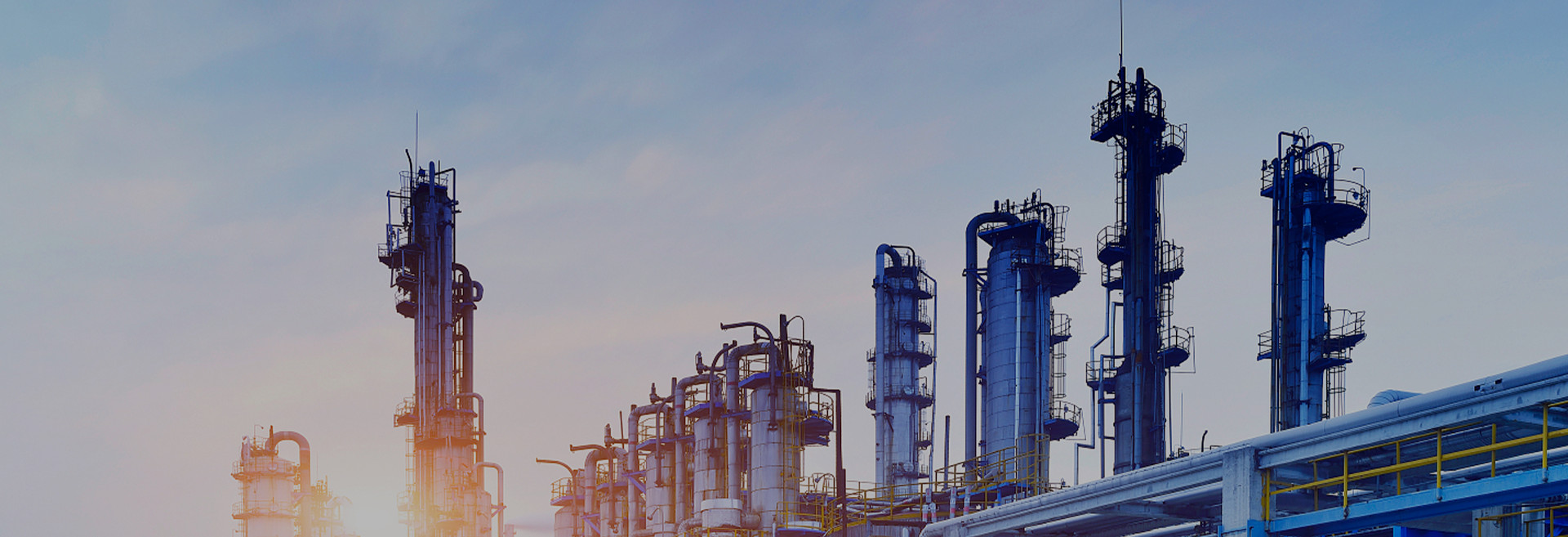
News
Learn more industry news
NEWS CENTer
Neon is used as an electrical light source and as a test ...
Industrial gases are used in almost all modern light sources in the helium group of gases. Neon is mainly used to fill various fluorescent lamps, luminous signaling devices and glow lamps. The industrial gas liquid neon is also widely used in cryogenic radiation detectors, as well as for other specialized instruments in space explo...
View MoreCommon sense safety precautions in the use of gases (2)
In the process of using industrial gases, should be used to understand the relevant knowledge of industrial gases and safety precautions, to avoid the occurrence of safety accidents, the following special gas editor to tell you about the use of the body should pay attention to the safety of common sense. 7. To prevent reflux and backfire...
View MoreCommon sense safety precautions in the use of gases (1)
In the process of using industrial gases, should be used to understand the relevant knowledge of industrial gases and safety precautions, to avoid the occurrence of safety accidents, the following special gas editor to tell you about the use of the body should pay attention to the safety of common sense. 1. gas in the transportation and ...
View MoreAdvantages of carbon dioxide mixture in welding process
Pure carbon dioxide is a heavier gas than air and has high thermal conductivity, resulting in a wider arc and weld. However, it also has strong oxidizing properties, which leads to larger spatter during welding. On the other hand, argon is also heavier than air and can effectively protect the molten droplets and weld pool during welding, r...
View MorePrinciple of operation of argon fluoride excimer lasers
The Argon Fluoride Excimer Laser is a laser device that utilises the excited state decay of the excimer ArF* to emit 193nm photons. The principle of operation is quite subtle, with the amplification and emission of photons being achieved by a discharge and reaction process. As the discharge passes through the Ar/F2 mixture, Ar+ ions ...
View MoreCarbon dioxide is converted to methane by sunlight
Carbon dioxide is the biggest culprit of greenhouse gases, how to reduce the content of carbon dioxide has been the direction of various experts have been trying hard to solve the problem, and the research has produced numerous technologies, and now, there is a new technology proposed. Japan’s Showa Shell Petroleum Company ha...
View MoreWhat is a conventional gas supply system
Conventional gas supply systems are mainly used in 4-6 inch large integrated circuit factories, solar cell production lines below 50MW, light-emitting diode (LED) chip production lines and other electronic industries with medium gas consumption. Their investment scale is medium, the production line may be second-hand equipment, the requi...
View MoreWhat is a Large Scale Gas Supply System
The large-scale gas supply system is mainly for the large-scale mass production of 8-12 inches (1 inch = 25.4 mm) ultra-large-scale integrated circuits factory (gas types include SiH4, N2O, 2, C2F6, NH3, etc.), more than 100 MW of solar cell production lines (gas types include NH3), epitaxial light-emitting diode process line (gas types in...
View MoreElectronic Gases Definition and Demand Analysis
Definition of Electronic Gases Electronic gases are indispensable raw materials for the production of ultra-large integrated circuits, flat panel displays, compound semiconductor devices, solar cells, optical fibers and other electronic industries, and are widely used in thin film deposition, etching, doping, evaporation, diffusion and o...
View MoreWhat are some common toxic gases found in industry? Part2
Carbon monoxide (commonly known as gas) Properties: colorless, odorless gas, slightly lighter than air Poisoning route: inhalation Symptoms: headache and dizziness, tinnitus and nausea, difficulty in breathing, weakness in the abdomen, drowsiness, coma, limb paralysis, and eventually death. Source of contamination...
View MoreWhat are some common toxic gases found in industry? Part1
Chlorine gas Properties: yellowish green gas with strong odor, heavier than air. Poisoning route: inhalation, eye irritation Symptoms of poisoning: coughing, tearing, chest pain, dyspnea, asphyxiation caused by inhalation of large quantities Pollution sources: paper mills or tanker truck leaks, explosions Ammoni...
View MoreIndustrial carbon dioxide can be converted into solid car...
Last month, chemist Stuart Licht and his colleagues at George Washington University in Washington, D.C., reported in Nano Express that they had developed a solar reactor technology that converts carbon dioxide from the air into solid carbon nanofibers. The researchers found that when they added trace amounts of metals such as nickel, ...
View MoreINQUIRY FOR PRICE LIST
For inquiries about our products or pricelist ,please leave your email tous and we will be in touch within 24 hours.
Contact us now



